HDCP (High-Bandwidth Digital Content Protection) is an anti-piracy protocol developed by Intel that is used to protect digital media content sent over HDMI, DVi, and other connections. It’s used for digital content protection by preventing displaying protected content on devices that can copy that content. HDCP content can only be displayed on HDCP-compliant devices.
Identifying HDCP Compliant Macs
So what makes a Mac HDCP compliant? Compliant Mac models include all Macs with built-in HDMI support, which all offer HDCP compliance over HDMI. They allow you to transmit HDCP-protected content to your Mac via HDMI and play it on iTunes, QuickTime Player (version 10), and (in Mac Sierra onward) in Safari.
You can always play HDCP content on any Mac with an embedded screen as well, if you are not transferring the content over HDMI, DP, or DVI.
Troubleshooting HDCP Issues on Mac
Let’s talk about HDCP troubleshooting. If you are trying to transmit video from your Mac to an external display and are facing connection issues, ensure the external display is HDCP compliant. Otherwise, without this hardware compatibility, you won’t be able to transmit HDCP content.
Advanced tip: If you have a switch between your Mac and an external display that is not HDCP-compliant, and the switch is set to HDCP, it will prevent the transmission of content if the external sink on the other end is not HDCP compliant. Make sure the switch in the middle is not set to HDCP. Many switches offer the ability to switch between HDCP and non HDCP.
Bypassing HDCP Restrictions
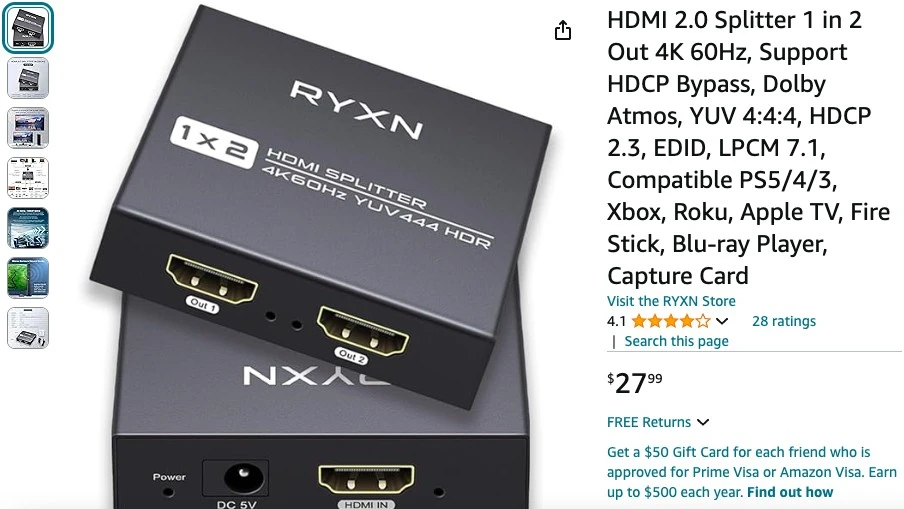
There is an HDCP workaround if you want to transmit HDCP content to non-HDCP devices via HDMI.
Some HDMI splitters are effective at bypassing HDCP. For example, this HDMI splitter on Amazon may allow you to bypass HDCP (it works, but your mileage may vary). Use it instead of connecting your Mac to your display directly. What these devices basically do is strip the HDCP part from the video, but they may downgrade the content to a lower quality resolution.
Alternatives to HDCP for Digital Content Protection
There are some alternative protocols for the digital protection of content. Some modern solutions that exist on various devices include Apple Fairplay, Microsoft PlayReady, and Google Widevine. These are different Digital Rights Management tools that help protect copyrighted content.
Importance of HDCP for Content Providers
Why do content providers use HDCP? It’s mostly for content security and secure distribution. The benefit it offers to creators is that it prevents people from playing media on non-compliant devices which may offer the capability to capture, copy, and redistribute videos, movies, and films, which can then be shared on piracy websites to circumvent copyright protection.
Conclusion
HDCP compliance is important if you want access to HDCP-secure content and uninterrupted playback. Fortunately, Macs are HDCP compliant by default. However, if you’re casting from your Mac to an external monitor, you need to make sure that monitor is HDCP compliant if you want to play HDCP-secured content.


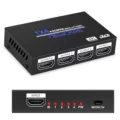
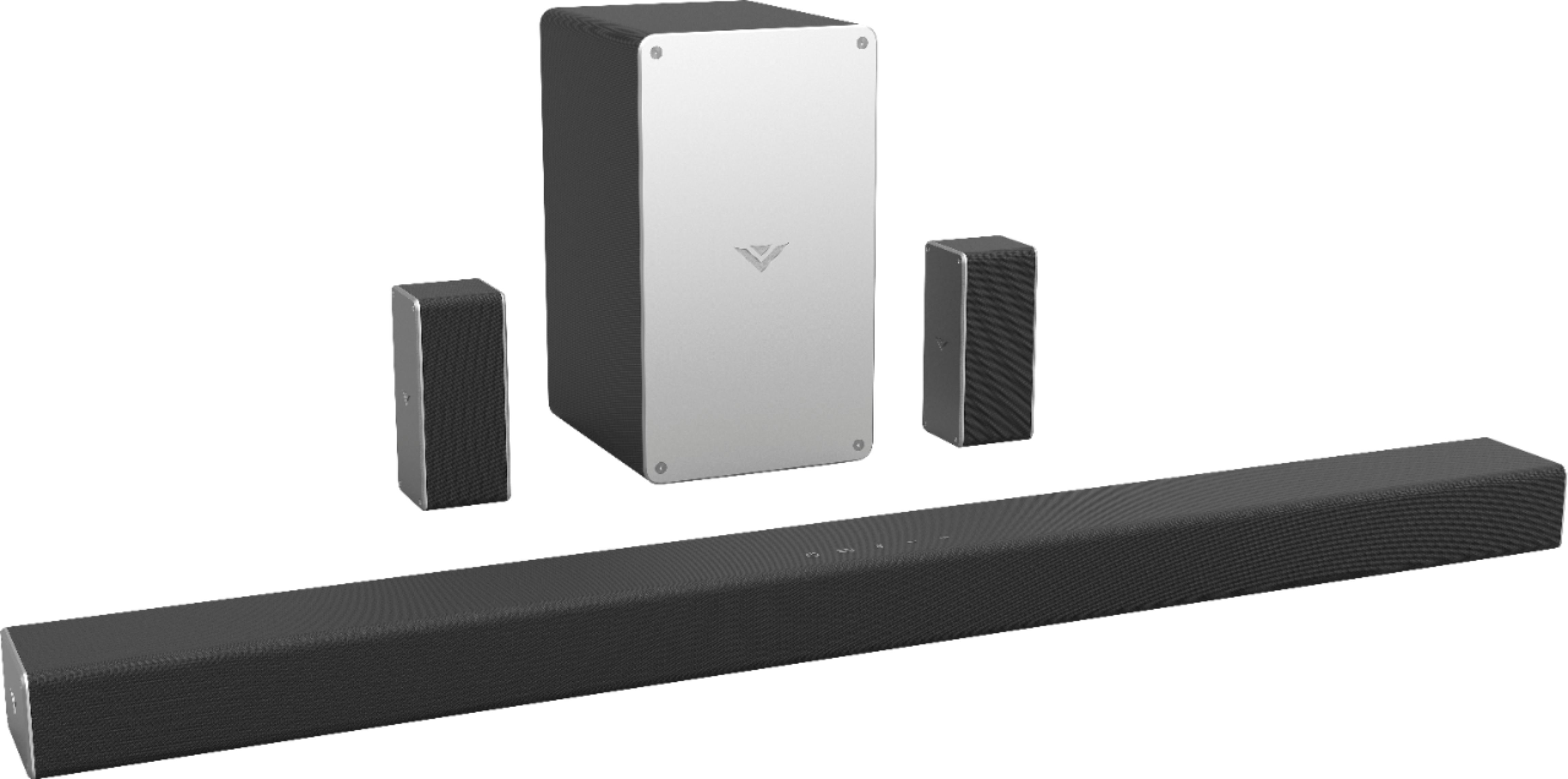


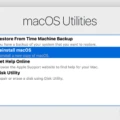

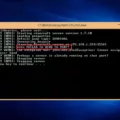
Thanks for another great post. Where else could anybody get that type of info in such an ideal way of writing? I’ve a presentation next week, and I’m on the look for such info.